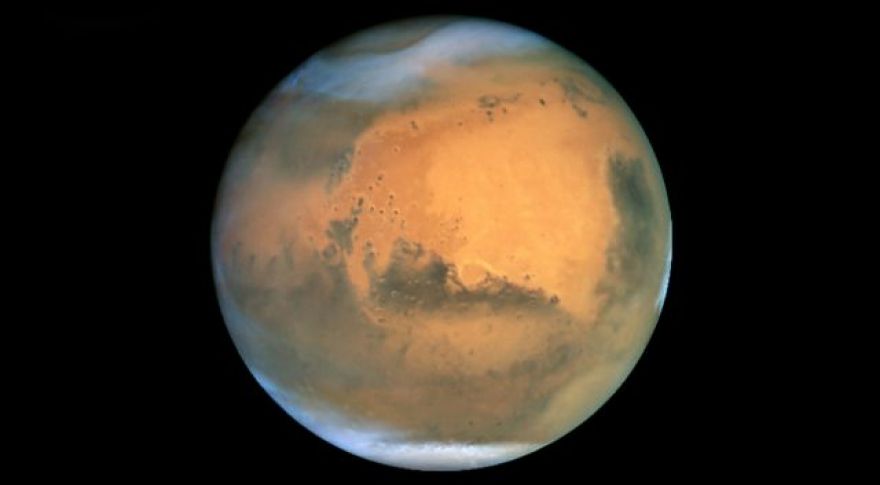
Cosmic Rays Could Be Even More Dangerous to Mars Explorers Than Thought
Elon Musk by 2024, a proposition that seemed quite optimistic when it was announced last year. New research from the University of Nevada Las Vegas makes Musk’s goal that much less attainable. A new predictive model of radiation effects indicates we could be . That means a trip to Mars could include a doubling of cancer risk compared with previous estimates.
Most human spaceflight has taken place in low-Earth orbit, where the planet’s magnetic field offers some protection. Even the Apollo astronauts only spent a few days at greater distances. Deep space exploration comes with greater risks thanks to high-energy radiation known as .
There’s no actual data on human exposure to cosmic rays, simply because no one has been exposed to significant amounts of it. However, simulating exposure with cells in a laboratory shows that cosmic rays could cause cancer, central nervous system dysfunction, circulatory diseases, and more. So, it’s definitely bad for you, but how bad? Conventional risk models assumed that cosmic rays would only be harmful to the cells struck by the high-energy particles. However, the UNLV study suggests the cells adjacent to those cells could also be affected, roughly doubling the risk of developing cancer.
The so-called “bystander cells” interact with the damaged cells via signaling pathways, and the signals from cells damaged by cosmic rays can cause mutations in otherwise healthy cells. This is of great concern for any deep space mission, but especially for Mars. Astronauts would likely have to spend several hundred days on the planet before an efficient Earth return launch window came up. Mars has no magnetic field to protect humans from cosmic rays, and current shielding materials can’t stop all of it.
The team sees this research as a sign and private space firms need to get more serious about studying methods for mitigating cosmic ray exposure. The risks to humans could be so high that plans for the future have to be put on hold. Certainly SpaceX will need to look at its ambitious 2024 landing again.